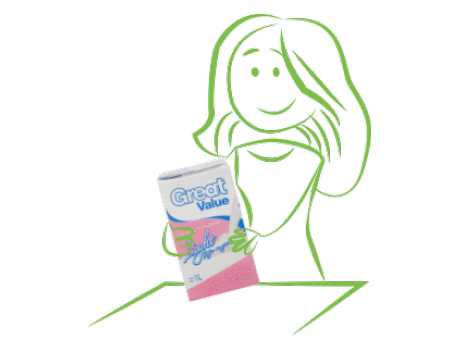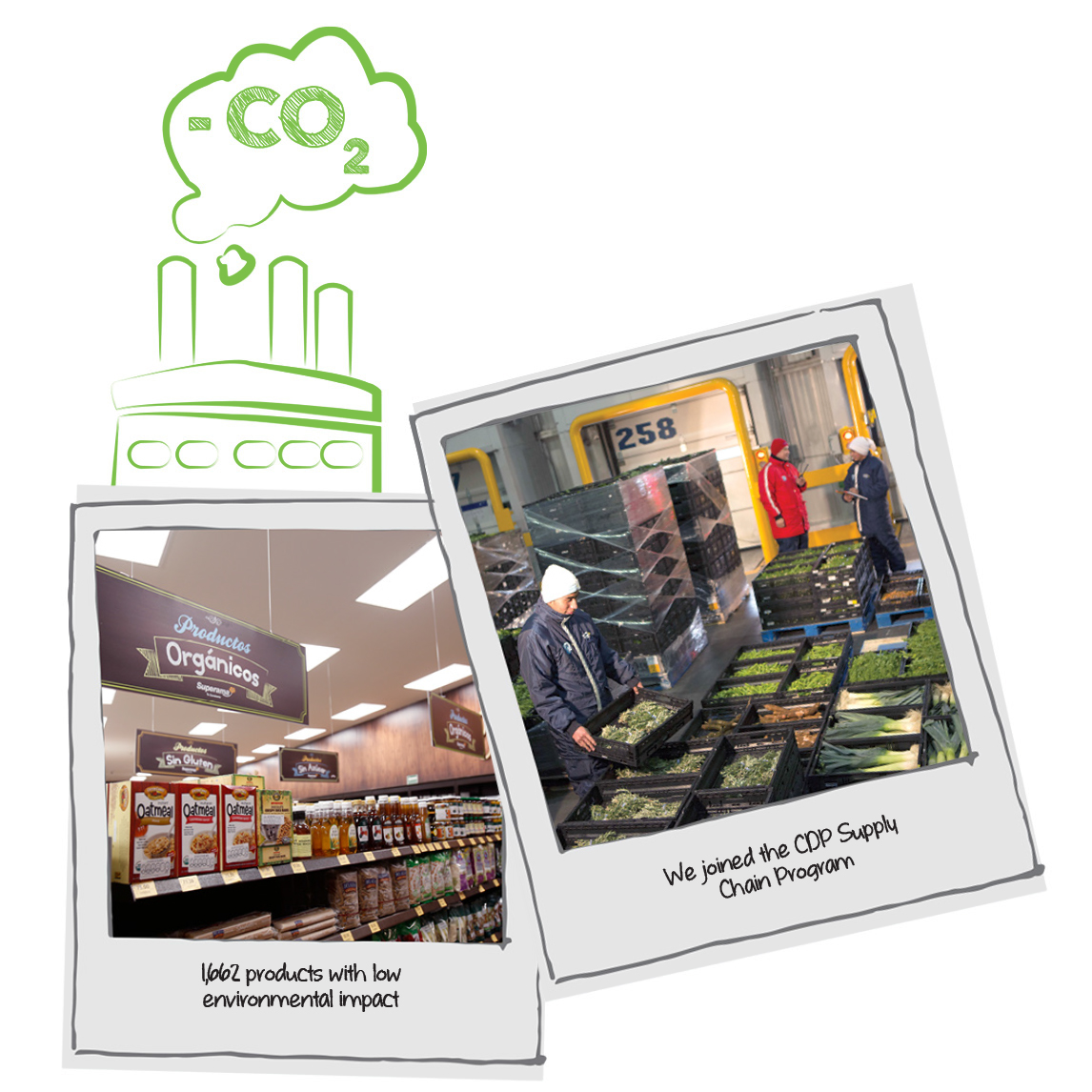VALUE CHAIN G4-EN33
The environmental impact of our suppliers within the value chain accounts for 90% of our own impact.

As a consequence, we focus on reducing the environmental impact of the products that we sell wherever it makes the most sense in their life cycle in financial, environmental, and social terms. Since we believe that our customers should not have to choose between their favorite products and sustainability, we work towards achieving that their favored products have a reduced environmental impact. These are the foundations of our strategy within the value chain.
Sustainability index
A tool based on technical information stemming from life cycle analysis, the sustainable profile identifies those stages in product life cycles for each category when the impact is the highest. Suppliers answer a questionnaire so we can spot areas of opportunity together, aimed at closing gaps and having significant environmental benefits. After running a pilot to check its functionality, we start working with all suppliers in four categories: coffee, detergent, dairy, and paper goods.


Supply chain
In 2015, we joined the CDP Supply Chain Program. As mentioned above, the purpose of this program is for our suppliers to report any carbon emissions in the CDP on-line platform so as to identify risks and opportunities associated with climate change in different product categories, and establish strategies and programs to reduce emissions.
The CDP Action Exchange Program allows suppliers with carbon emission issues to access technical know-how, which will help them develop carbon-emission reduction initiatives. Four companies accepted the invitation to join the program in 2015.
We currently carry 1,662 products with lower environment impact levels than their former versions or than other products in the same categories:
- 585 biodegradable items
- 504 organic or hydroponic food products
- 377 energy and water savers
- 161 products made of recycled material
- 35 with optimized packing. G4-EN27
In Mexico, 80.5% of the cardboard used for product packaging, 5.2% of shrink wrap, and 0.8% of clothes hangers are recycled. G4-EN28
